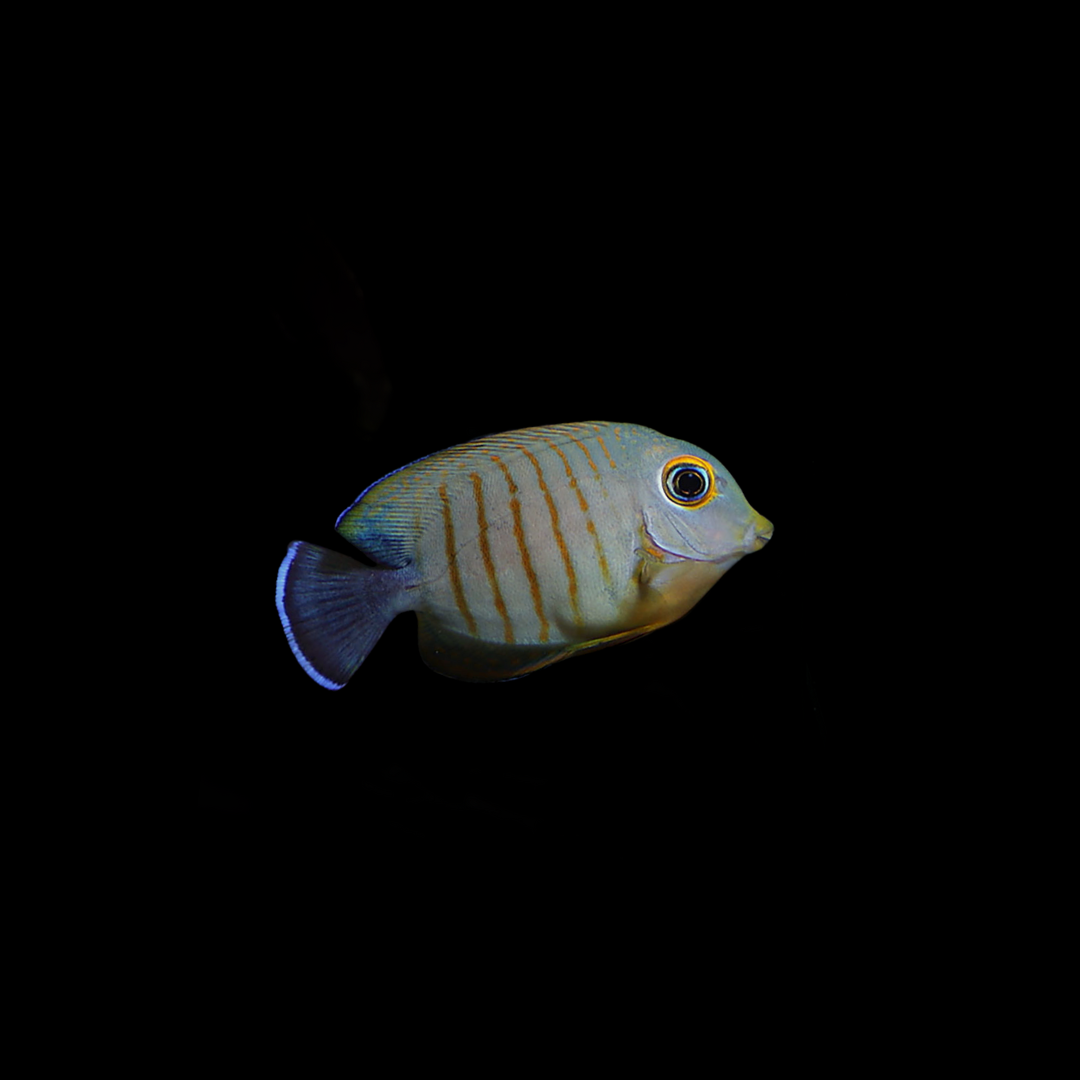DECEMBER CORAL HAS ARRIVED FREE SHIPPING OVER $550
Mimic Eibli Tang (Acanthurus Tristis)
$49.99
Sold out
Size
Please choose
Sold out
Save this product for later
Mimic Eibli Tang (Acanthurus Tristis)
Product Details
The Mimic Eibli Tang is a captivating and unique marine fish celebrated for its distinctive vibrant coloration and mimicry behavior. This tang displays a striking mix of deep blues and bright yellows with subtle hints of red along its body, enabling it to blend with and mimic other tang species in its habitat. Highly active and a proficient algae grazer, the Mimic Eibli Tang adds both beauty and functionality to large reef or fish-only aquariums. Its specialized care requirements make it best suited for experienced aquarists with spacious, well-established tanks.
Care Information
Maximum Size: Up to 12 inches.
Tank Size: 125 gallons minimum; requires a large tank with ample open swimming areas and plenty of live rock for grazing and shelter.
Diet: Herbivorous; primarily grazes on marine algae, seaweed sheets (nori), spirulina, and high-quality herbivore pellets. Occasional supplemental feeding with frozen foods such as mysis or brine shrimp may be offered.
Water Temp: 72-78°F.
Salinity: 1.020-1.025.
Aggression: Semi-aggressive; typically peaceful but may show territorial behavior towards other tangs in confined spaces.
Skill Level: Intermediate to Advanced; requires a stable, mature tank environment and careful dietary management.
Reef Compatibility: Reef-safe when well-fed; does not harm corals, though proper nutrition is essential to prevent stress-related behaviors.
Special Features – Unique Mimicry and Coloration
The Mimic Eibli Tang is renowned for its ability to mimic the appearance of other tang species, a trait that, combined with its vibrant mix of deep blues, bright yellows, and subtle red accents, makes it a true standout. Its dynamic color patterns change subtly under different lighting conditions, adding an ever-changing display of beauty to your aquarium.
Compatibility
This tang thrives in community setups with other peaceful species, provided it has ample space to establish its territory. It is best kept in a well-stocked, mature tank where its active grazing helps maintain a balanced ecosystem.
Coloration
- Indo-Pacific Region: The Mimic Eibli Tang exhibits a striking palette of deep blue and bright yellow hues with delicate red accents. Its unique coloration not only serves as a form of mimicry but also adds a dazzling splash of color to any large marine aquarium.
Typical Habitat
- Distribution: Native to the Indo-Pacific, this species inhabits coral reef zones with abundant live rock and algae. In captivity, it thrives in spacious, stable environments that closely mimic its natural habitat.
Display prices in:CAD

